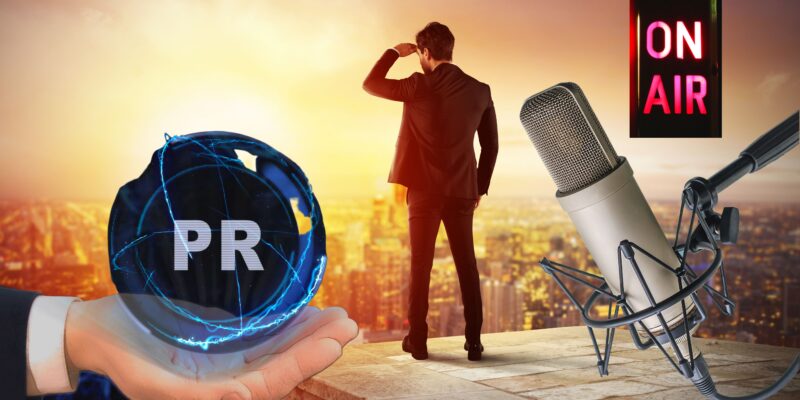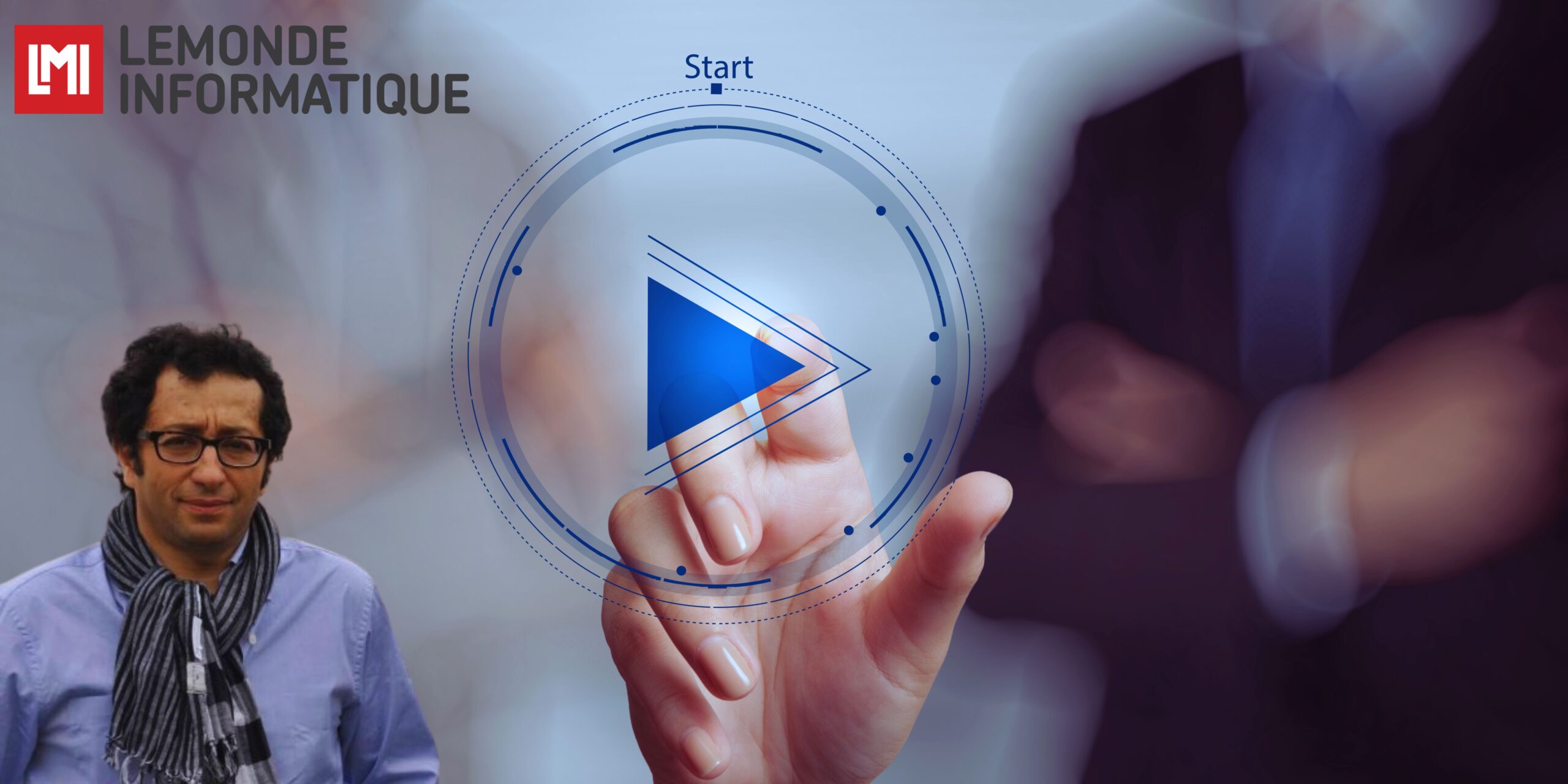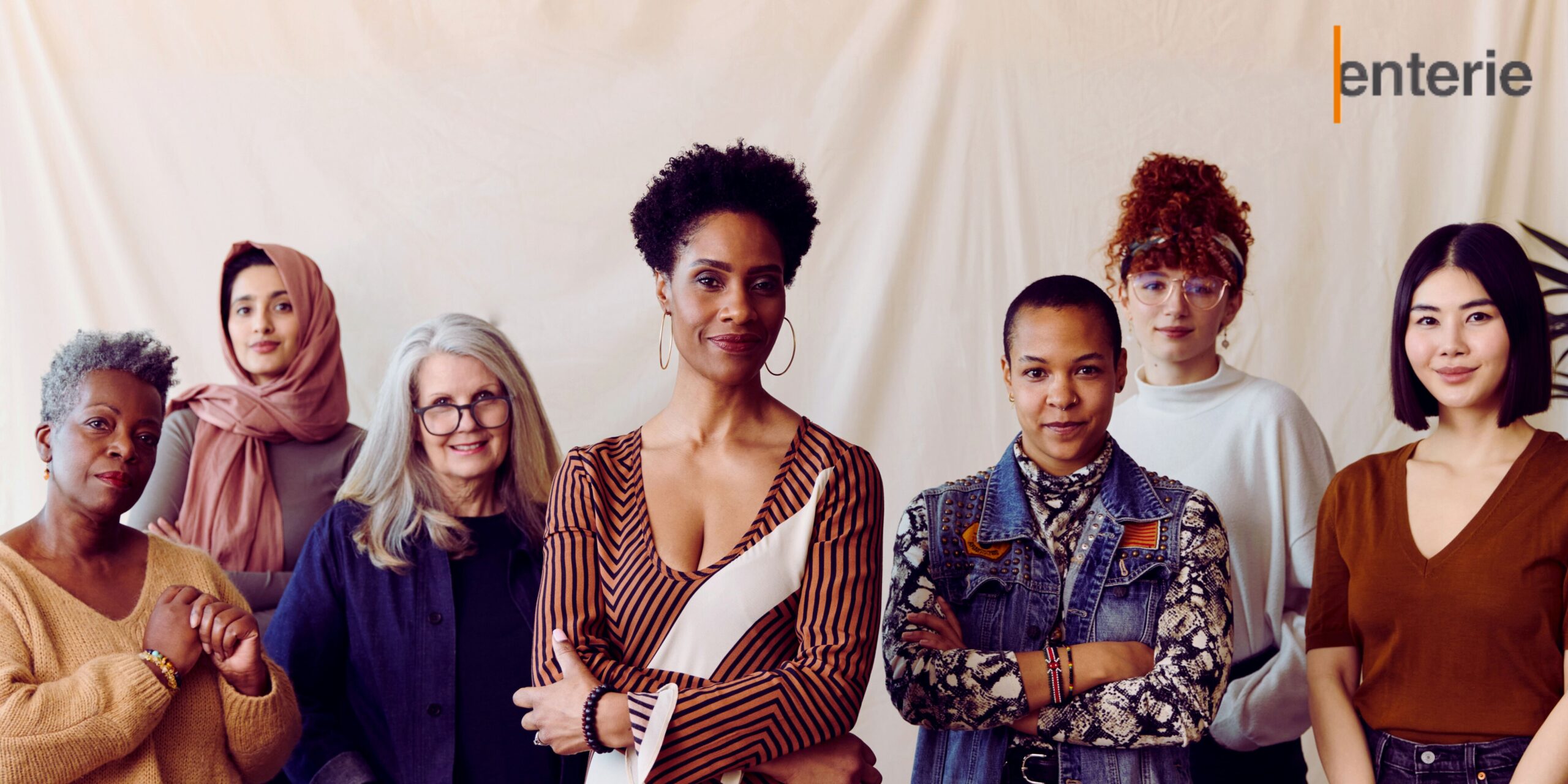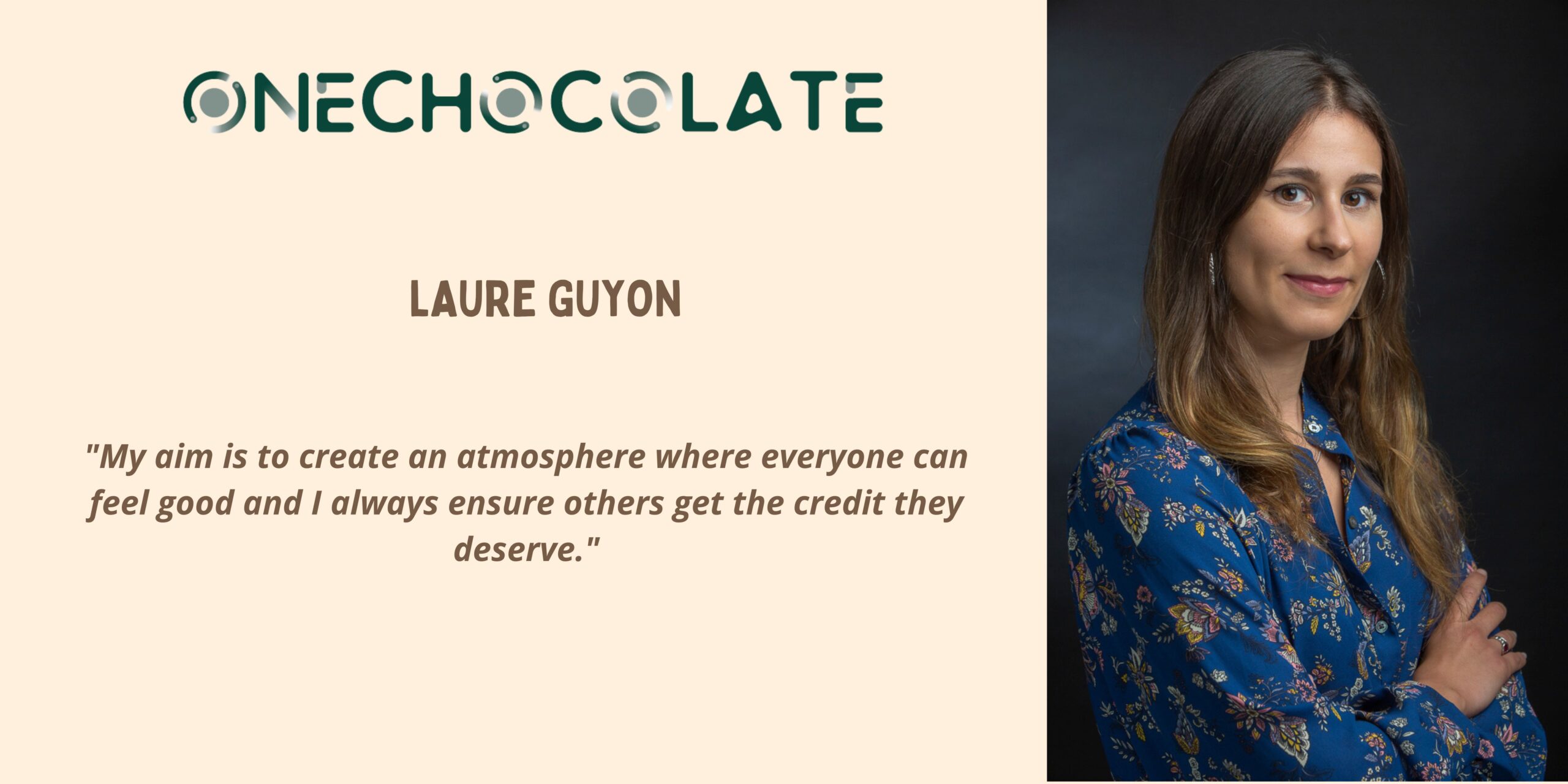
In France, brands, PR agencies, marketing teams, and even journalists have all been talking about one thing of late: “podcasts”. This term, which was coined in 2004 by British journalist Ben Hammersley, is a contraction of ‘iPod’ and ‘broadcast’. It refers to audio content legally accessible anywhere, at any time, using RSS feed technology.
Podcast is one of several audio media that developed most rapidly in recent years. In today’s France, 85 million podcasts are listened to each month and 80% of those are played in full, which shows the audience deep-seated interest. These figures cover both replays of radio broadcasts and native podcasts (created “for and on the Internet”), the latter being only broadcast on podcasting platforms. This type of podcasts is particularly sought by brands when they want to integrate these contents to their communication strategy. A survey published in October 2020 by Havas Media and CSA (French censorship Agency) showed that 14% of French people listen to one or multiple podcasts at least once a week; and this is a growing trend, since they were only 9% in 2019. According to Médiamétrie, word of mouth and social networks are the main vectors for discovering native podcasts.
In light of the ongoing change of content consumption models, the decline of the written press, the hardships faced by the web press, and the long-term impact of the health crisis on the economy, podcast appears to be a new bright light on the horizon of PR.
Proximity and flexibility, success factors of native podcasts
So how can we explain the dramatic rise of podcasts in recent months? First, podcasts are characterised by their authenticity and freedom. Their independence is the perfect response to today’s consumer mistrust directed toward brands. Podcasts create a trust relationship with listeners, based on a new type of unwritten contract, that differs from the ones consumer have with traditional media. The Covid crisis only accelerated this trend: 13% of those who listen to at least one podcast a week started doing so during the first lockdown. And among those who already listened to podcasts, 61% intensified their consumption during this two-month period.
Another benefit of native podcasts lies in the flexibility they allow, starting with their length – by distancing themselves from traditional radio formats, which range from a few minutes to the usual 55 minutes broadcast (which comes with an additional news item at the start of every hour), native podcasts can freely choose between short and long formats, vary between episodes, and sometimes even last several hours. Flexibility is also illustrated by the context in which they are listened to, since consumers can play podcasts at any time of the day or the week, pause them, before resuming whenever they wish to. Lastly, thanks to the flexible medium that is mobile phone, listeners can take their podcasts with them – during car rides, walks, sport sessions, or even while cooking. This range of flexibility is clearly in line with today’s audience expectations.
Finally, it is worth mentioning the low cost of a podcast since it can be produced in the kitchen or the living-room of anyone who is in possession of recording equipment. Nevertheless, the personal and time investment it requires are quite consequent and long-term.
How to navigate the “podcastosphere”?
Due to their growing success, podcasts are increasingly integrated to businesses’ communication and PR strategies. But before diving headfirst, you should keep in mind that the current podcast sphere contains as many outlets (if not more) as traditional media, and that it requires a long-term investment and the ability to understand the requirements to implement this type of strategy successfully.
Why is that so? Because, there are as many podcasts as there are interesting topics in the world. Finding your way through the international ‘podcastosphere’ is no walk in the park. While this very comprehensive interactive map aims to identify and locate every single podcast that is produced in the world, it is almost impossible to find an official tally of existing podcasts. According to the Acast barometer, the tech industry, which is of particular interest to us at OneChocolate, ranks 2nd in the list of sectors that can boast of having the highest number of specialised native podcasts, behind banking and ahead of retail, between July and September 2020. Although there is still too little data on podcasts to really identify subject trends.
How can a business leverage the power of podcast?
Fortunately, integrating podcasts into a business’ communication strategy does not necessarily mean “becoming a podcast producer or host”. Like all communication channels, several elements have to be studied and weighed to determine the best combination to reach a set goal.
If the objective is simply to gain visibility, a business can sponsor an already existing podcast; the idea being to finance a podcast while being named and thanked as a sponsor. Of course, this type of brand marketing must respect podcast codes and the audience’s expectations, and not become too invasive.
If the goal is to promote speakers, the best option is to participate in a podcast as a guest. Many of them look to interview guest speakers about their experience or ask their opinion on a subject. It is the richest format, since it allows speakers to highlight their business and services, without requiring any massive investment. It is also similar to traditional PR, which consist in giving interviews to media on a given topic. But it is also important to target podcasts interested in inviting guests and specialising in the same topics as your business.
Finally, for those of you who have the courage to take a leap of faith, the most comprehensive option is to create your own podcast, in order to be entirely free to tackle your key subjects, your business, select your preferred format, and invite your own guests. You need to first audit the industry to check that similar podcasts do not already exist, then you must think about the way you wish to build your own native podcast, depending on your resources and goals. The most obvious challenge is to avoid turning this podcast into a business self-promotional tool, which would probably lose interest or even annoy the audience from the start. The main topic of the podcast needs to address a whole community and be chosen in an open, inquisitive, and participative spirit.
The “podcast era” is still in its early stages, as evidenced by the lack of concrete data on this particular media sphere. Although some barometers cited in this blogpost already exist, measuring the impact generated by a podcast is quite difficult. A tool by the name of Casted, which measures certain parameters such as the number of listeners, the average duration, and the listening device used, is one of the very to offer any kind of monitoring. Nevertheless, in view of the rapid development of podcasting, we can expect a proliferation of dedicated tools and data to better understand this “podcastosphere”. To be continued, then…
Elodie Buch




